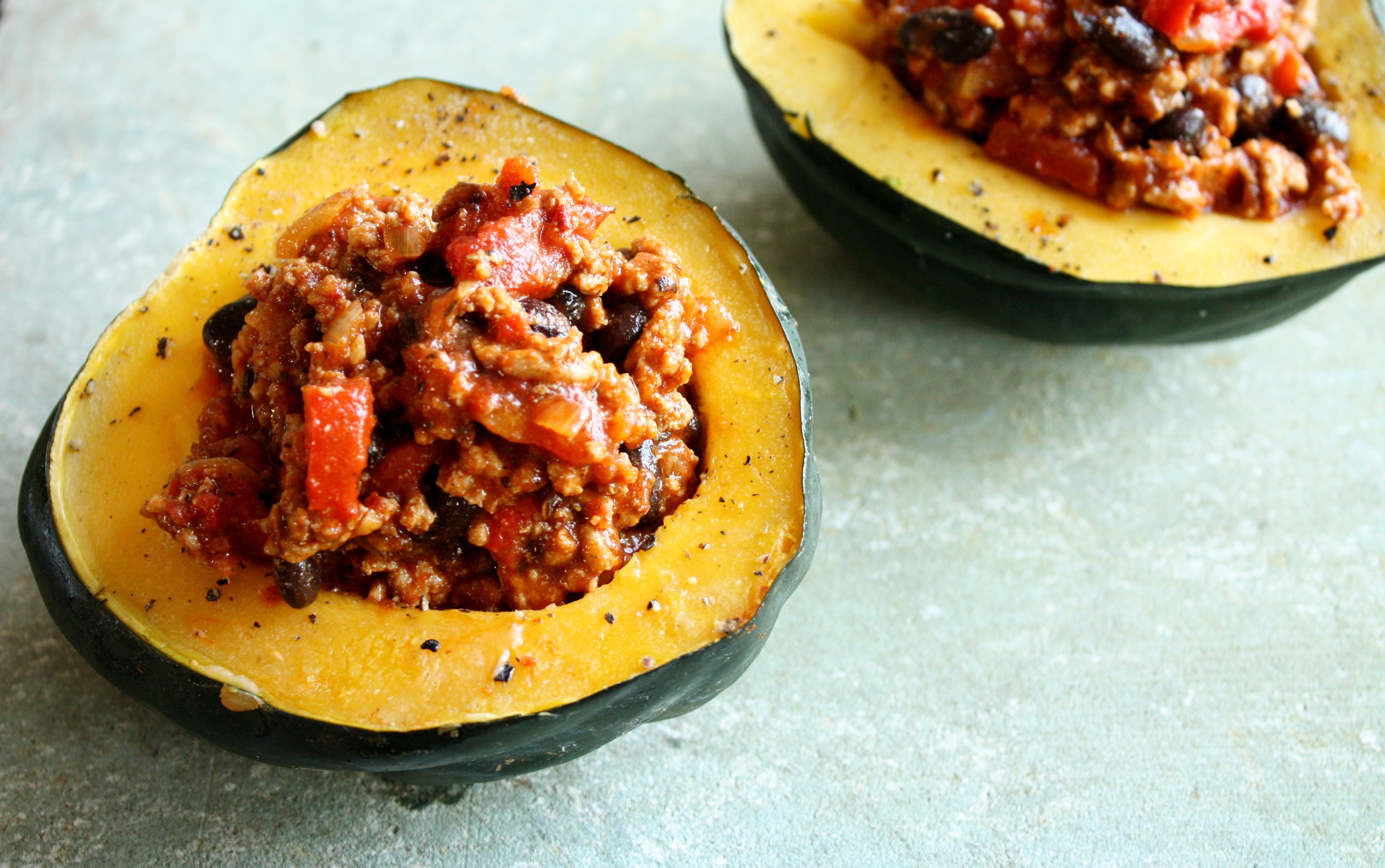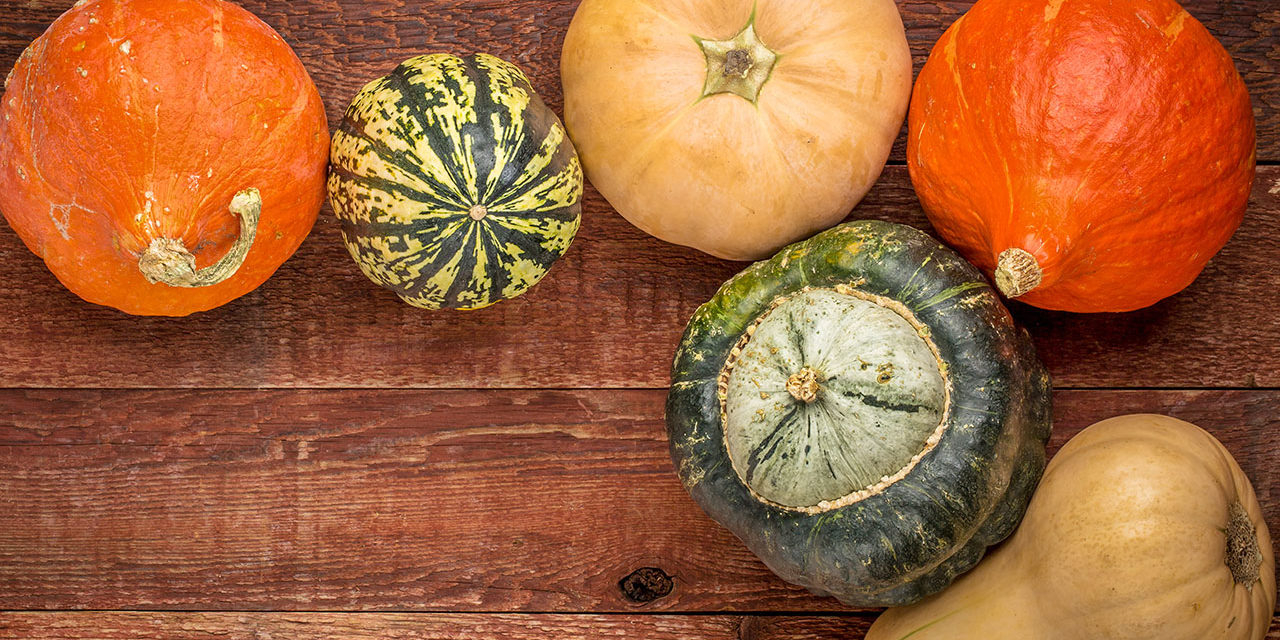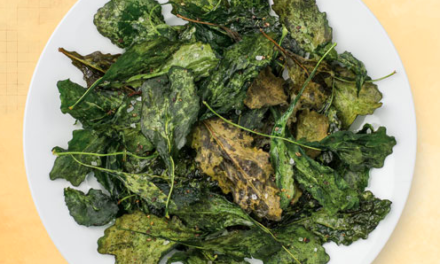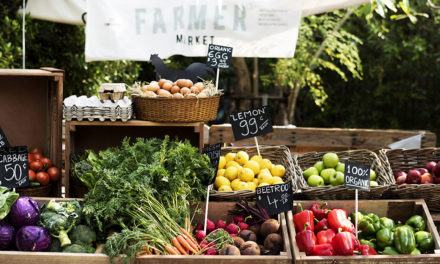…Winter squash, that is! Characterized by a harder rind than what’s found on its summer counterpart, fall fanatics can’t get enough of acorn squash, butternut squash, spaghetti squash, and even pumpkin, once the leaves start to change. If you start looking, you’ll find an infinite number of ways to incorporate squash onto your autumn menu.
Health Factor: The Healthy Kind of Carb
Yes, varieties of winter squash are high in carbohydrates. However, a natural carb profile makes squash a digestive agent – it helps stabilize the amount of sugar released into the metabolism. Simplified, over-processed carbs tend to do the opposite, spiking blood sugar without carrying much nutritional value.
As for those beautiful colors that photograph so well? They’re evidence of carotenoids, or plant pigments that offer a whole bunch of health benefits to their eaters. Many of the carotenoids found in winter squash are converted by the body into the all-important vitamin A – essential for good vision as well as growth and development. Carotenoids are also antioxidants, acting as a defense against serious illnesses including cancer.

Versatility: Nothing Seedy About It
Winter squash can be a colorful and flavorful sidekick to any entrée you prepare for a meal. Most squash offers a delicious flavor profile on its own and can be enjoyed after seeds have been removed, roasted in the oven.
Some of the best recipes are the ones that find unique ways to present squash. Strands of spaghetti squash served with homemade sauce or roasted veggies are a fan-favorite way to “trick” your mind into accepting it as real pasta. Acorn squash can be a meal on its own when stuffed with your favorite toppings, either meat and cheese or vegetarian fare.
Pumpkin has a distinct flavor that is highly sought after in the fall months, and offers a natural sweetness when used as an ingredient in baking. Instead of pre-packaged pumpkin products that are likely to be high in sugar, follow a recipe that enhances its natural flavor.
Picking the Perfect Piece
Whether you’re preparing a dish with squash later in the day or hoping to make your grocery haul last a while longer, check for soft spots on the squash’s rind that may indicate rotting.
Different varieties of squash are different colors, but in general, you should look for richly colored rinds. Keep an eye out for a stem that’s dry and firm – softened stems usually happen due to stem rot.

Peak Season: Fall
Don’t let the title of winter squash fool you – whether homegrown or picked locally for your farmers market or grocery store, the best time to harvest a winter squash in is the fall.
In fact, it’s named for its durability – a hard rind helps squash last into the winter months when stored in a dark, cool place. If you’re stocking up on squash to have on hand for a Buffalo winter, consider reserving some space in your pantry, cabinet, or even in the basement.





